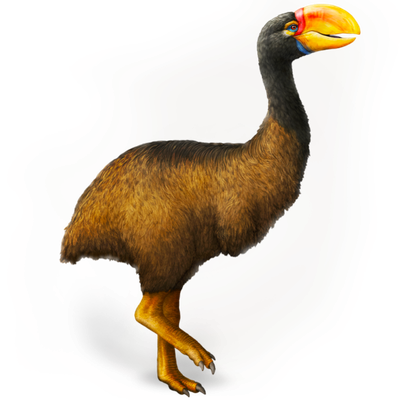Your search returned 33 results
By Page Type
By Tag
- All
- fish (966)
- blog (696)
- fishes of sydney harbour (401)
- First Nations (299)
- Blog (236)
- AMRI (169)
- archives (164)
- Eureka Prizes (146)
- Aboriginal and Torres Strait Islander (135)
- insect (126)
- Ichthyology (124)
- geoscience (109)
- minerals (102)
- climate change (100)
- podcast (94)
- Fish (91)
- Anthropology (89)
- International collections (80)
- Minerals Gallery (78)
- wildlife of sydney (78)
- Labridae (77)
- frog (74)
- gemstone (70)
- history (64)
- photography (64)
- Mollusca (60)
- gem (59)
- staff (59)
- Birds (56)
- Gems (56)
- Indonesia (56)
- education (56)
- shark (55)
- AMplify (54)
- people (53)
- earth sciences (50)
- past exhibitions (50)
- exhibition (49)
- Gobiidae (48)
- sustainability (46)
- Pomacentridae (45)
- Serranidae (44)
- lifelong learning (42)
- science (42)
- Earth and Environmental Science (41)
- Syngnathidae (41)
- Ancient Egypt (40)
- Bali (40)
- bird (40)
- dangerous australians (40)
-
Limestone caves
https://australian.museum/learn/minerals/shaping-earth/limestone-caves/Caves form in limestone (calcium carbonate), and occasionally in dolomite (calcium magnesium carbonate), when water containing dissolved carbon dioxide (carbonic acid) seeps into rock crevices and joints.
-
Igneous intrusions
https://australian.museum/learn/minerals/shaping-earth/igneous-intrusions/Molten magma can invade the Earth's upper layers and then solidify as igneous intrusions.
-
Plate Tectonics
https://australian.museum/learn/minerals/shaping-earth/plate-tectonic-processes/Since the 1950s, several discoveries have led to a new understanding of how the Earth works.
-
Looking inside the Earth
https://australian.museum/learn/minerals/shaping-earth/looking-inside-the-earth/The internal structure of the Earth consists of three main parts, the crust, mantle and core. The division between the crust and the mantle is called the Moho.
-
Oliver Chalmers – Curator of Minerals
https://australian.museum/about/history/people/oliver-chalmers-curator-of-minerals/The promising lad who became a highly regarded geologist.
-
Radioactive dating
https://australian.museum/learn/minerals/shaping-earth/radioactive-dating/Radioactive dating is a method of dating rocks and minerals using radioactive isotopes. This method is useful for igneous and metamorphic rocks, which cannot be dated by the stratigraphic correlation method used for sedimentary rocks.
-
Glossary of geoscience terms
https://australian.museum/learn/minerals/shaping-earth/glossary-geoscience-terms/Geoscience (also known as earth sciences and geology) is the study of the Earth and includes all non-living parts of our environment, and everything below the Earth's surface. Here are some common geoscience terms explained.
-
The Molong Meteorite – a visitor from outer space.
https://australian.museum/learn/news/blog/the-molong-meteorite-a-visitor-from-outer-space/A story about a meteorite from the central west of NSW that has been part of the Australian Museum collection for 83 years.
-
Water and sedimentary transport
https://australian.museum/learn/minerals/shaping-earth/water-and-sedimentary-processes/Water plays a vital role in most sedimentary processes. Pure water itself has little effect on rocks. It is the dissolved gases in water, particularly carbon dioxide, that cause the chemical decay of minerals and mineral dissolution.
-
Metamorphic rocks
https://australian.museum/learn/minerals/shaping-earth/metamorphic-rocks/Metamorphic rocks form because of changes in temperature and depth of burial within the Earth in a solid state without actual melting.
-
Discover more
2025 Australian Geographic Nature Photographer of the Year
Special exhibition
Free entry
Now open -
Discover more
Unfinished Business
Special exhibition
Free entry
Now open -
Find out more
Surviving Australia
Permanent exhibition
Free entry
Now open![]()
-
Find out more
Burra
Permanent kids learning space
Free entry
10am - 4.30pm![]()
-
Discover more
Minerals
Permanent exhibition
Free entry
Open daily![]()





